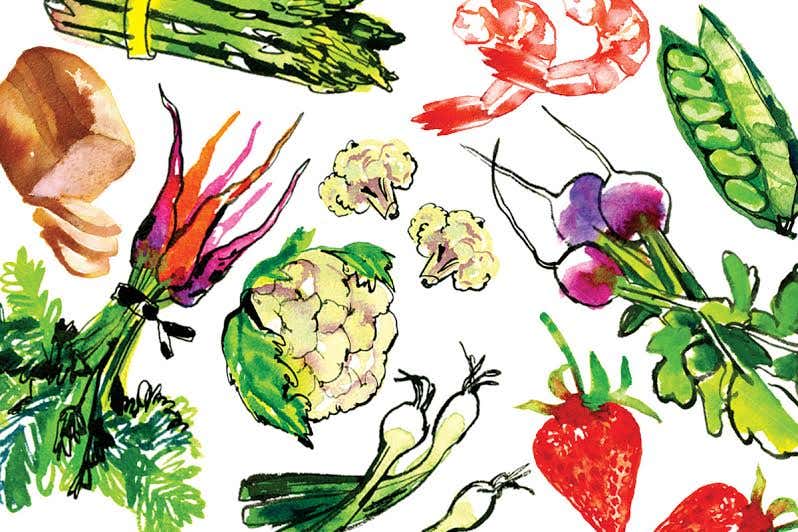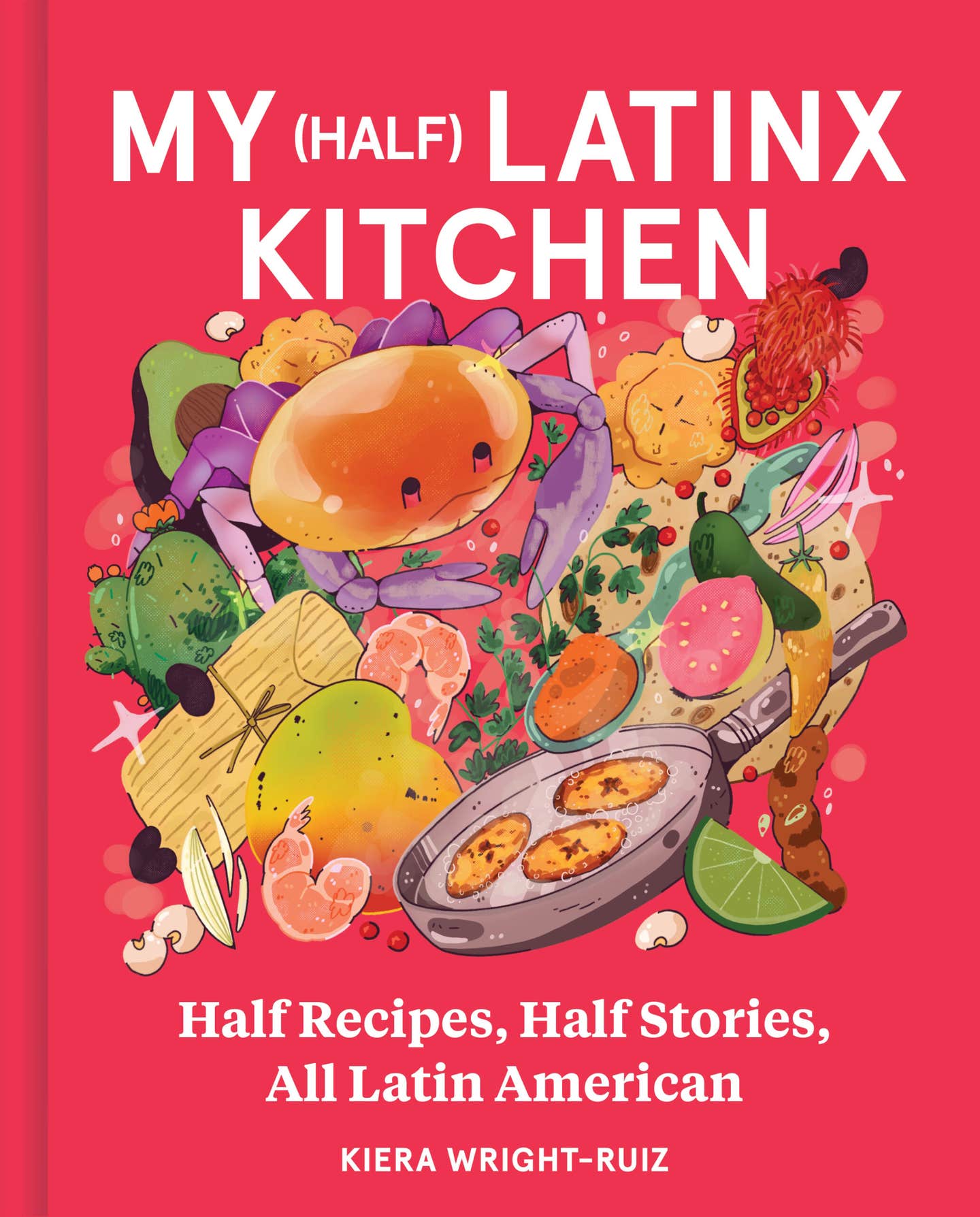
Cooking with Nonna
Carol Field has served us the good food of Italy through many books, notable for their meticulous research and their clearly written recipes for great-tasting dishes. The subject of her latest volume, In Nonna's Kitchen: Recipes and Traditions from Italy's Grandmothers, is the mythologized, revered cooking of those self-sacrificing stokers of the proverbial hearth, keepers of memories and traditions—the women who bake thimblefuls of chestnut flour as a snack for a favorite grandchild, who put up the pickles and jams, bake the breads, forage for the wild greens and mushrooms, and know all the secrets of economy and folklore that are the foundation of Italian agrarian life. And they keep their heads low while they do this, bowing, as Field reminds us, to the natural order they grew up with: God, husband, and, lastly, woman.
As Field aptly points out, these strong, stoic women are our final link with the past. As they pass away, so does the wisdom that for them was innate, inherited from their mothers and their own grandmothers, reaped from an intimate, necessary connection with nature. How can one communicate that wisdom to an American audience—and make it applicable to a hectic, modern way of life? Field tries by combining easy-to-follow family recipes with portraits of the women who gave them to her.
For me, the strength of _In Nonna's Kitchen _is its food. I admit I'm a little jealous of a cookbook author who can employ 16 testers to make Nonna's recipes work in an American kitchen—but I also respect and empathize with Field's tenacity and obvious perfectionism. She has a sharp eye for the simplest recipes, like grana sott'olio (which is grated parmigiano-reggiano mixed with olive oil and left to sit in a jar for a week), and for those that hark back to another era, like pasta agli spinaci con fegatini, spinach pasta tossed with grappa-splashed chicken liver sauce—a Tuscan dish whose precursor was based on rabbit livers. Field sees the humor and humanity in the names of many old dishes: blind husbands, eggplants cooked as if they were mushrooms, naked ravioli. Sometimes even her own advice is the kind you'd expect from an Italian grandmother, whose knowledge of the kitchen is deep and empiric: "Keep your ears open," she writes in the instructions for crispy stuffed Roman artichokes. "Once all the water and wine have been absorbed, you will hear the oil bubbling as if it is frying. That is your cue that it is time to turn off the heat...."
Every recipe I tried worked perfectly. I loved the intensely flavored tomatoes stuffed with rice; the stuffed Roman artichokes, which have to be turned upside down in the pot, require dexterity, but Field explains the trick well. Basic bread with starter is easy. Most of all, I loved the fried hard-cooked eggs in a saffron-onion sauce, a recipe that to my mind represents the best thing about all Mediterranean cooking: ingenuity with a few basic ingredients.
Though Field's exacting research serves her well in reworking these grandmothers' dishes for our kitchens, I can't help feeling that the same fastidiousness somehow draws the soul out of her portraits of the women themselves. I found it surprising that ten of the 15 grandmothers she profiles are not rosy-cheeked nonne but rather upper-middle-class and often very wealthy women, whose Chanel suits, silk blouses, and back-strap heels Field zeroes in on with an eagle's predatory zeal. One woman grew up in a household where every member had a waiter in attendance at dinner. Somehow this image seemed especially jarring.
Their backgrounds notwithstanding, I'm not really sure one gets to know the nonne from what Field tells us about them. It seems an unfortunate omission that she didn't, for example, set down—either in a photograph or even in translation—the beautiful, old-fashioned language of the handwritten recipe books that were part of so many of these women's trousseaux. More important, the accounts of their lives seem sterile—little more than an assiduously recorded list of facts and events. And I found it unnerving to read intimate details that lend no real insight into either character or cuisine. We learn, for example, that Roman nonna Andreina Pavani Calcagni was forced to become head of the household when her father died in 1941 because "her mother, a beautiful childlike woman, wasn't responsible...." Or that the husband of another refused to talk to her for five days when she found herself pregnant at the ripe old age of 37. Both disclosures seemed insensitive, and I felt for the women who shared a secret only to have it divulged.
Field's account of her visit with Annita di Fonzo Zanella bothered me, too. When the woman invited Field home for lunch, the author reveals, "Much to her surprise, I followed her into the kitchen, thereby unnerving both her and her husband." After reading that, I came away feeling that the author had been rude, and that she couldn't relate to (or worse, didn't respect) the mores and unwritten rules of hospitality that are ingrained in this generation of Mediterranean women, rich or poor, and which all of us foreign interlopers into their lives and kitchens must learn to heed.
An image of the elegant author moving about Italy formed in my mind as I read—but I couldn't help thinking that she was mostly present in body, not in spirit. Critiquing a book by a colleague whose work I respect makes me feel uneasy—and there is certainly much to like here. I only wish I had come away from Nonna's kitchen with a deeper sense of Nonna's soul.
Keep Reading
Continue to Next Story










